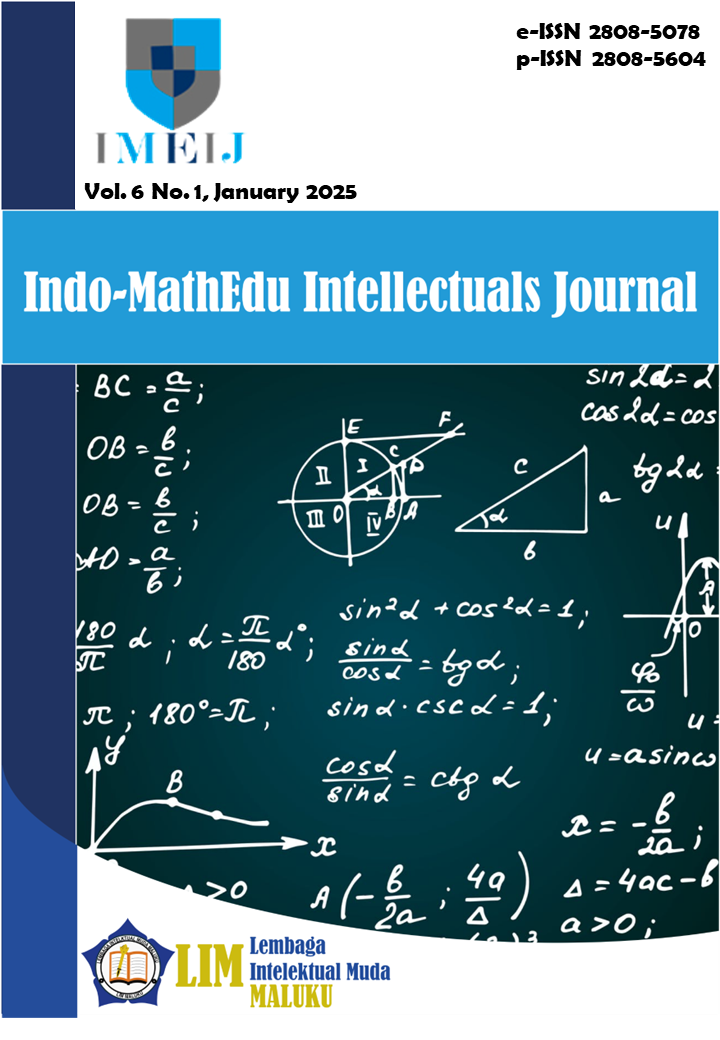Peningkatan Hasil Belajar Peserta Didik Menggunakan Model Quantum Learning pada Pembelajaran Pendidikan Pancasila di Kelas IV SDN 3 Padang Panjang Barat Kota Padang Panjang
Main Article Content
Abstract
This research is motivated by the low learning outcomes of students. This research aims to improve learning outcomes in Pancasila Education learning using the Quantum Learning mode. This type of research is Classroom Action Research with a qualitative and quantitative approach. The research is carried out in two cycles consisting of planning, implementation, observation, and reflection stages. The subjects of this study are 28 students in class IV. The results of the study showed an improvement in the aspect of the teaching module in the first cycle with an average of 83.3% (Good) and an increase in the second cycle with an average of 92% very good (SB). In the aspect of teacher activity in the first cycle with an average of 82.81 (Good) and increased in the second cycle with an average of 94% very good (SB). In terms of student activity in the first cycle with an average of 82.81% good (B) and increased in the second cycle 94% very good (B). As well as in the learning outcomes of students in the first cycle with an average of 79.2 sufficient (C), and increased in the second cycle with an average of 90.31 very good (SB). Based on these data, it can be concluded that using the Quantum Learning model can improve the learning outcomes of grade IV students of SDN 3 Padang Panjang Barat

